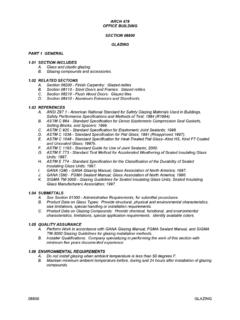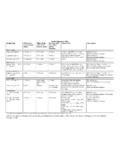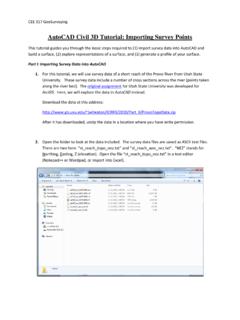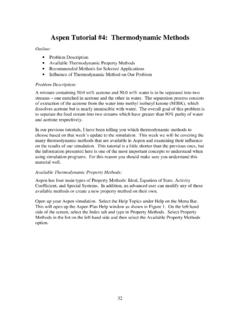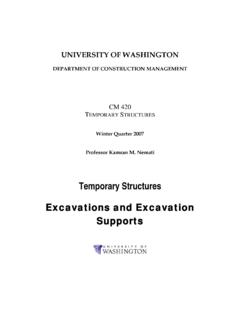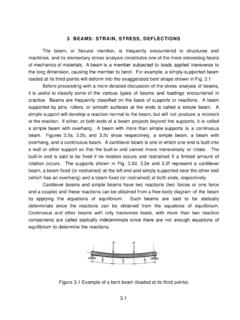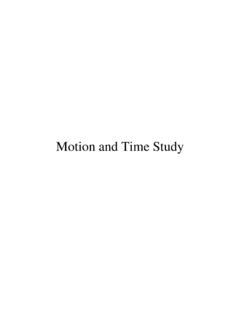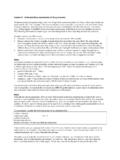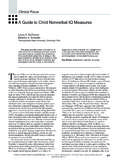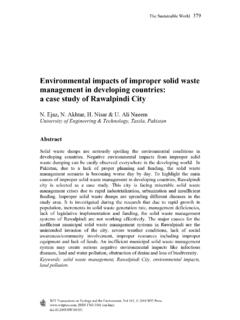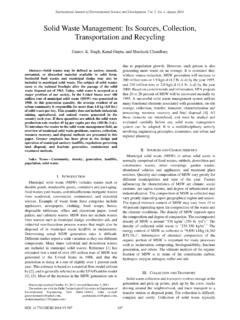Transcription of Possible Final Exam Questions
1 Final Exam Study Questions In preparing for the Final examination you should have read all of the assigned chapters in the textbook and the required supplementary readings. You should also review all of the course handouts. The exam will be compiled from the following 21 Questions . We will choose 10 of these Questions for your to answer for the Final . Each essay will be worth 10 points. Make sure to answer them completely. As a reminder, the use of proper English grammar and construction is socially acceptable, and much appreciated by those of us who have to read your work Energy 1. Choose two alternative energy sources discussed in class and explain at least two advantages and two disadvantages of these alternative energy sources in comparison to fossil fuels energy sources.
2 How might the use of these alternate energy sources affect human health (positively or negatively)? Radiation 2. Name at least three Possible health effects that might be induced by low level ionizing radiation? For each give an example of a likely source of exposure. 3. Control of exposure to radiation relies on several of the four generic engineering control tactics discussed at the beginning of this course. List three of the four tactics and give an example of how each of these could be applied to control exposure to a source of non-ionizing radiation. Noise 4. Most of us have experienced the phenomenon of getting into our car in the morning and finding the radio is set too loud.
3 What is the technical term used to describe this phenomenon and explain how it happens and what are the health consequences of long term, repeat exposure? 5. Control of exposure to noise relies on several of the four generic engineering control tactics discussed at the beginning of this course. List these four tactics and give an example of how each of these could be applied to noise pollution. Occupational Health and Safety 6. Commercial fishing consistently ranks as one of the most hazardous occupations in Washington. Identity at least three of the risks involved with this occupation and three potential control strategies to promote job safety. ENV 150: INTRODUCTION TO ENVIRONMENTAL HEALTH STUDYGUIDE Spring Quarter Final Examination Page 2 2 7.
4 TLVs and PELs are used to regulate workplace exposures to toxic chemicals. Explain what is a TLV and PEL, how they are established and how they are used. Accidents 8. Many people believe that accidents and injuries are a neglected public health problem. Explain what is an accident, why it is a pressing public health issue, and why it does not receive more attention from either the public or public health professionals. 9. In class, a diagram of the accident syndrome was presented and discussed. Identify the four sets of contributing factors involved in any accident according to the diagram and for each set of factors explain what they are and provide an example of how it might contribute to an accident.
5 Climate Change & Ozone Depletion 10. Explain the following about global warming / climate change: a. What are the greenhouse gases and what are the primary sources of these gases? b. What are the environmental effects caused by global warming? c. What are the environmental health effects that could be caused by global warming? 11. Explain the following about ozone depletion: a. What is the main gas responsible for ozone depletion and how does it affect the ozone layer? b. What are the environmental effects caused by ozone depletion? c. What are the environmental health effects that could be caused by ozone depletion? Air Quality 12. What is photochemical smog? How does a thermal inversion affect photochemical smog?
6 Explain how it is formed and then include the environmental and environmental health concerns caused by PCS. 13. List four of the six criteria pollutants designated under the Clean Air Act of 1970 and identify the major sources and the health effects for each pollutant. 14 What is Sick Building Syndrome ? What are two suspected causes of this syndrome and identify their most likely source(s)? Water Quality 15. Describe the hydrologic cycle and explain why is it important to the practice of Environmental Health? ENV 150: INTRODUCTION TO ENVIRONMENTAL HEALTH STUDYGUIDE Spring Quarter Final Examination Page 3 3 16. Most water used for drinking purposes is disinfected before consumption.
7 Briefly describe the common substances and/or processes used to disinfect drinking water and an advantage and disadvantage of each. Wastewater 17. Explain the difference between primary and secondary municipal sewage treatment processes. List each major element in the process and explain their function in your answer. 18. For people living in rural areas municipal sewage treatment is usually not feasible. These families typically must dispose of their sewage on their property. A typical on-site sewage system is depicted below. Identify the five major component parts of the system and explain the purpose of each, and then explain how the system as a whole, serves to prevent pathogenic organisms present in sewage from coming in contact with human populations.
8 solid and Hazardous Wastes 19. When it comes to Final disposal of solid and hazardous wastes, there are really only two remaining viable options. What are they? Discuss the relative advantages and disadvantages to the two major solid waste disposal options. 20. What is a solid waste from a legal perspective and from a practical perspective? List and describe the major health hazards associated with solid waste . Housing and Health 21. Dr. Richard J. Jackson, former Director of the CDC, National Center for Environmental Health maintains that urban sprawl is one of the most serious health threats facing the ENV 150: INTRODUCTION TO ENVIRONMENTAL HEALTH STUDYGUIDE Spring Quarter Final Examination Page 4 4 nation in the 21st century.
9 Explain what is meant by urban sprawl and describe at least three impacts and their attendant health effects that can be directly linked to this phenomenon. 22. The Smart Growth America movement maintains that they are not anti-suburbs . Chuck, on the other hand, somewhat facetiously has stated that there is no redeeming social value in suburban development. He has also stated that he could eliminate the suburbs essentially overnight. All you have to do is get rid of the automobile. (1) Explain why Chuck maintains that the automobile is both the creator of suburbs and chief instrument of environmental health problems associated with urban or more appropriately suburban sprawl.
10 (2) And then either defend or attack my position based on environmental and public health concerns.

